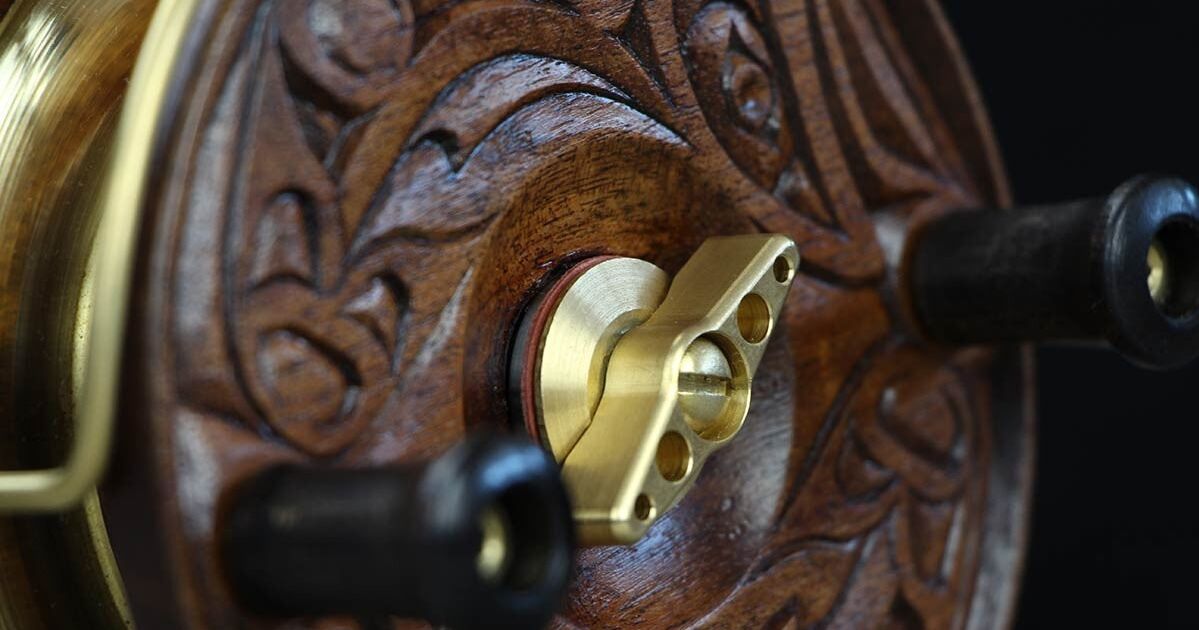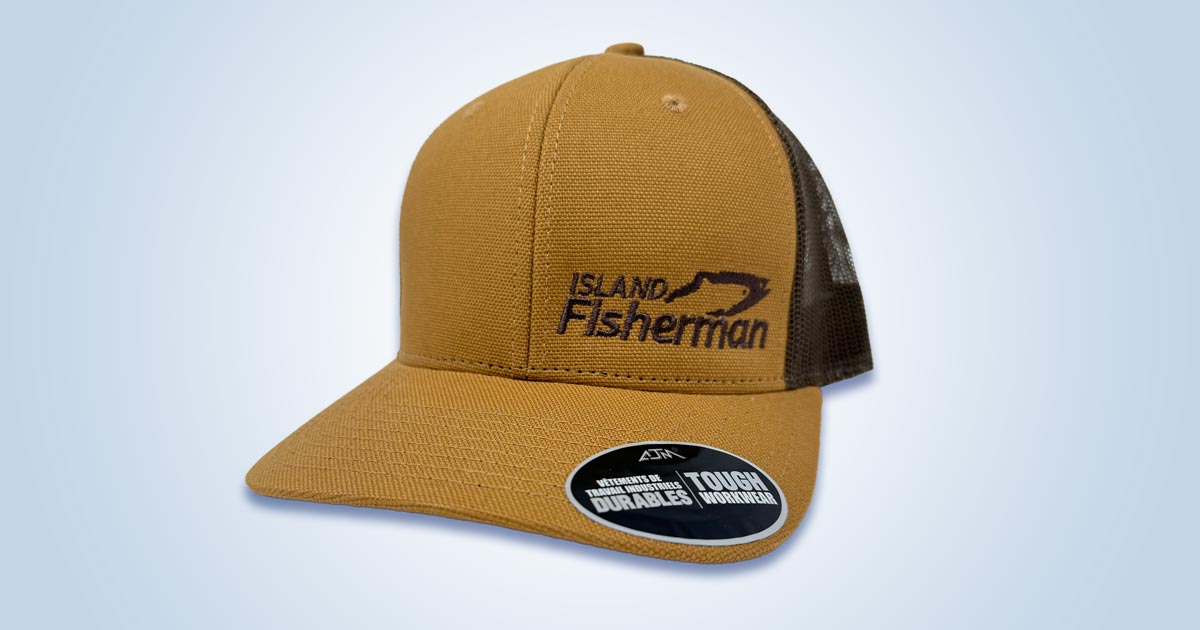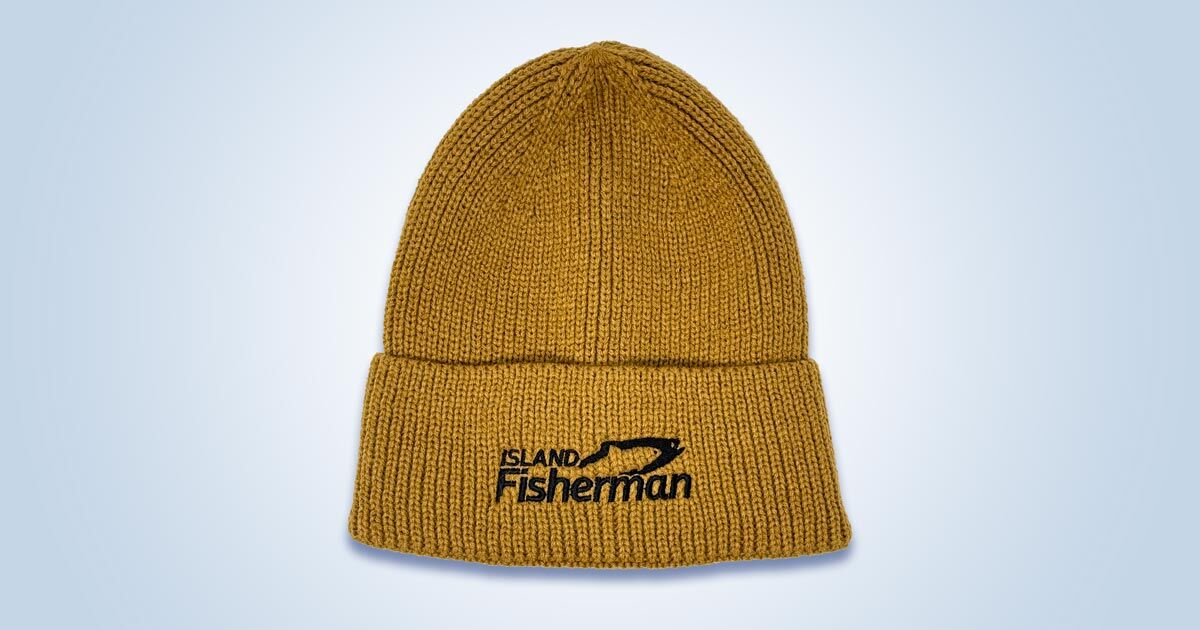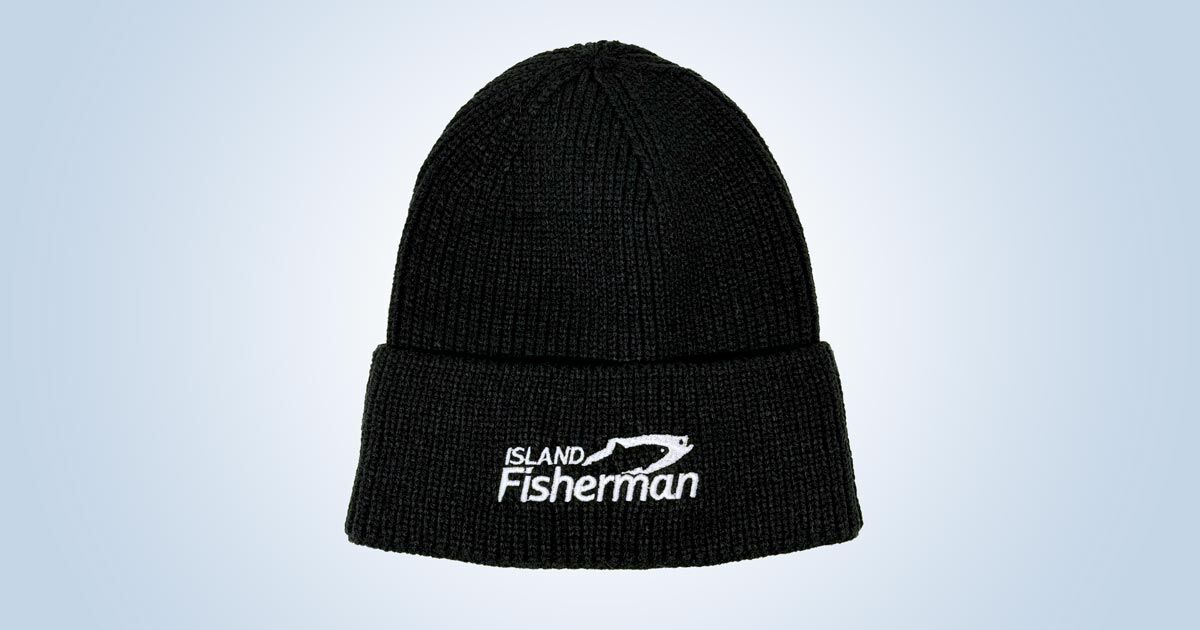
Peetz Outdoors is a survivor. In 2023, the venerable company—now 100 years old—announced it was closing its doors and was having a large sale. However, to many people’s surprise and delight, Peetz Outdoors was sold to Robert Van Pelt and Terry Vanak, who passionately want to continue the iconic brand.
Robert and Terry are aware of the task ahead. From the beginning, Boris Peetz faced difficulties establishing his company. There were already foreign competitors, a customer following had to be nurtured, and materials had to be procured.
Unlike most island tackle makers, Boris Peetz had no background in fishing. Born in Russia, he trained as a silversmith in England and worked with the CPR in Montreal. From there he became a jeweller and took the train to Victoria, but quickly ran into hard times in the 1920s.
A family friend took him fishing. They fished Saanich Inlet with rock-and-lead-weighted hand lines, but it was hard work for their delicate hands. Many anglers fished Saanich Inlet in those days, often struggling with imported tackle inadequate to handle its trophy Chinook. Reels presented the biggest problem—they did not hold sufficient line. Boris conceived a simple Scarborough, some 6″” in diameter with a powerful drag. It was an immediate success, and requests for “The Pacific Reel” came quickly.
Boris Peetz assembling reels in 1951 (Photo: Wendy Taylor)
The year was 1925; the wood and brass reel heralded a new tackle maker on the Island. Settling into premises on Johnson Street, Victoria, in the 1930s, Boris turned his skills to other fishing essentials, including swivels, patented lead weights, lures, and rods.
Boris Peetz at his Johnson St. shop. (Photo courtesy of Peetz)
Building A Classic
The Pacific Reel came in 5″ and 6″ models. Boris was not entirely satisfied; it lacked a check, among other things. He turned to the Nottingham style by adding a wooden backplate with a brass strap. Fitted with a check, the new reel eventually would appear in four sizes, nominally 4″, 5″, 6″, and 6 3/4″. The latter was a magnificent reel that often had an elegant strap split into two curved arms—the so-called Y-Strap.
The Pacific Reel, the first Peetz reel (Photo: Tim Couch)
The biggest reels were probably over the top. They were heavy, and new, thinner lines, including monel, allowed for smaller drums. Their production ceased after Boris put his crowning jewel in the Y-Strap, an indicator that measured line. Boris put indicators (recorders) mainly in his 6″ reel, with a few going into 5″ reels. The 6″ Recorder became the flagship of the Peetz company and lasted until 2011. By this time, production costs had become prohibitive and Recorders had been usurped by downriggers. But a bigger problem was already apparent: Peetz reels were too good. A reel could last a lifetime, and then some. The company still faces this problem.
Peetz Recorder (Photos: Tim Couch)
Until WWII broke out, the entire family was engaged in B.C. Peetz Manufacturing Company in some way. The war disrupted this happy arrangement and put many customers overseas. But its most serious consequence was the sudden loss of suitable wood. In 1939, a prescient Andrew Jackson Higgins of New Orleans bought the entire production of Philippine mahogany, by now a mainstay of Peetz reels, to build a staggering 20,000 boats, the majority of which were landing craft. Their effectiveness in beach assaults, including D-Day, exceeded all expectations (Eisenhower dubbed Higgins “The man who won the war”). Boris had to scour Victoria’s Inner Harbour for suitable flotsam, from which he turned barely enough reels to meet demands; a few of these interesting walnut-and-elm reels can still be found.
After the war, Ivan, Judy, and Bud drifted back to join their father (by now Ola was married and living in eastern Canada, while Bud became occupied elsewhere) and business got back to normal. Boris changed the company name to Peetz and Son. Sadly, he died in 1954. Ivan took over, assisted by his wife Betty, while Judy remained very involved, varnishing reels, assembling rods, and painting lures.
Vee, Hookum, and Chinook spoons came in many sizes and finishes (Photo: Tim Couch)
Ivan maintained his father’s conservative approach. He toured Vancouver Island, promoting Peetz products and servicing reels. He improved efficiencies in production rather than introducing new products. In 1959 he purchased a punch press that enabled him to stamp out a complete bracket; until then, the bracket had entailed soldering and riveting the foot and strap together. The tool would serve the company well for the next 65 years. Finally, in 1973, Ivan launched a new reel, a narrow-drum 5¼” Recorder, but only a few reached the market.
Several changes in name had already occurred when Bill Hooson bought the company and renamed it Peetz Manufacturing Company in 1977. Bill proceeded with caution, aware of competition from makers at home and abroad. For some years Nick Lupkoski had produced rather similar Nottinghams in Victoria and Sidney but had not posed a serious threat. Bill introduced an all-metal 5″ reel, a project that was beset with problems of corrosion. After two attempts, he almost abandoned the idea in 1982—but not quite. Thirteen years later he went all out with an elegant stainless steel mooching reel: The 2000, which bore traces of the original Nottingham. It was launched into a maelstrom of competition, notably from Hardy’s Longstone and Islander’s MR series. But Bill’s greatest contribution was to keep the company afloat through difficult times.
Peetz reels were not widely marketed. There had been a flurry of interest in eastern North America and Britain, but not much came of it, and Bill renewed his efforts on the West Coast. He turned to the growing number of fishing resorts, with but limited success.
Diversification For Survival
As the company faced one crisis after another—declining fish stocks, tightening regulations from the DFO, and reallocation of allowable catch, not to mention continuing pressure of competitors—Bill Hooson struck gold. While attending a trade show in California, he formed a partnership that would put a clock mechanism in a 5″ reel. The Screaming Reel alarm clock wakes you to a cry of “Fish on!” followed, of course, by a screaming reel.
Peetz Screaming Fishing Reel Alarm Clock (Photo from eBay seller)
What followed in 1996 was probably the most profitable year in the company’s history, with more than 30,000 reel clocks sold across North America. In recent years the innovative clock has been awarded for big fish caught at several West Coast lodges. But the defining scream seems to have disappeared.
Bill Hooson persevered for a few more years before selling the company to Art Aylesworth in November, 2014. Art was later joined by Mark Hoelscher, and Bill stayed on as a valued employee. Amazingly, he had steered the company for 37 years; before that he had worked as a teenager for Ivan in the 1950s. Bill cannot let go: he still owns the building on Rock Bay Avenue.
Art and Mark were enthusiastic for their new enterprise, now named Peetz Outdoors. Within a year, they had revived their reels with an optional modern one-way drag. It was more expensive but the 5″ Evolution appealed to anglers. And in a show-stopping event at the Pacific Salmon Foundation AGM and Dinner in 2015, a beautiful Evolution, engraved by Kwaguilth (Kwakiutl) artist Jason Henry Hunt, raised $3,000. The buyer promptly sold it to the second bidder for the same price and ordered its replacement, again for $3,000.
Jason Henry Hunt (Photo: Alec Hansen)
So began the Artist series of reels, in the Peetz company’s 90th year. A subsequent website offered eight beautifully carved reels, from a 3.5″ fly reel to the popular 5″. Also listed were five Classic reels (retaining the original drag), three ‘Evolutions, a stainless steel Evolution (a 2000 fitted with the one-way drag), and, notably, a couple of Banshee Guide Series reels featuring the latest ceramic drag—18 reels in all!
To that astonishing figure, the company added 15 new items of tackle including a resurrected Hookum lure, 23 different packs of tackle, seven new items of gear that included a gaff and a barometer (set in a reel, of course), and 14 clothing items. No rods were listed.
Reels in production today (Photo c/o Peetz)
After Art left Peetz Outdoors, Mark carried on with help from his partner, Zabine, who proved to be very astute in business matters. The company strived to keep its customers engaged with servicing, retrofits and guarantees. Then COVID hit, with consequent staffing and supply-chain problems.
Meanwhile, 12,000 km across the Pacific, another reel maker had run into trouble. Charles Alvey started business even earlier than Boris Peetz. Like Peetz reels, Alveys were simple and tough, but again, their durability did not encourage repeat buyers. On the very cusp of its centenary, Alvey Reels announced imminent closure.
The company was inundated with cries of dismay from Australia’s angling fraternity. Spurred on by the concern, the Alvey family redoubled their efforts and restored the company’s traditional place in Australia’s fishing community, albeit with a somewhat reduced lineup of products.
Robert Van Pelt (Photo: Alec Hansen)
Things are improving rapidly. The Last couple years saw an incredible abundance of salmon, and there is a growing interest in traditional tackle on Vancouver Island, one that appreciates the venerable company in its midst. Island fishermen are relieved to learn the company is in good hands, for Robert and Terry are well established
in the fishing business.
Peetz Lures today (Photo C/O Peetz)
In 2024, we awarded Peetz for their Hali Clacker, “While this hali clacker has been around since 2021, we ran two of these noisy little darlings (one on a spreader bar and one with a ball weight), and they outperformed the other two lines running just bait 3:1. This lure sports an 8″ skirt that comes in various colours, including glow. It also has two 2″ blades that make the “clacking” sound as it bobs along the sea floor. An extra swivel was on ours in the eye of the hook—perfect for adding a trailer hook if you so choose. You can use this lure while anchored, drift-jigging, and even for back bouncing. That said, we did lose one of these—not to a fish or the sea floor, but to the guide we were fishing with that day.”
This article appeared in Island Fisherman magazine. Never miss another issue—subscribe today!
Visit the Store
$34.99
$34.99
Featured Catch
Joel Unickow halibut (Photo: Rob Frawley Lucky Strike Sportfishing Tofino)




